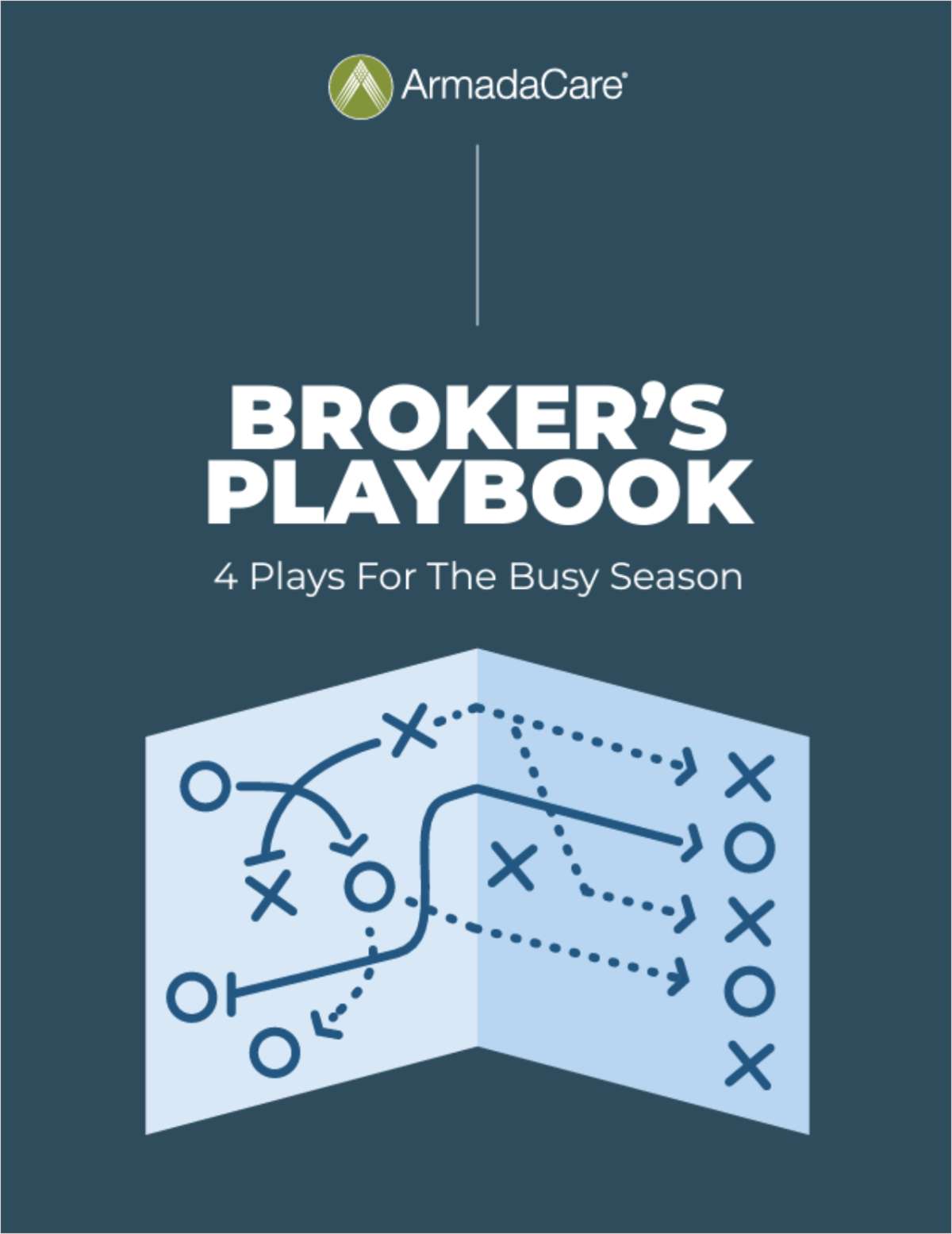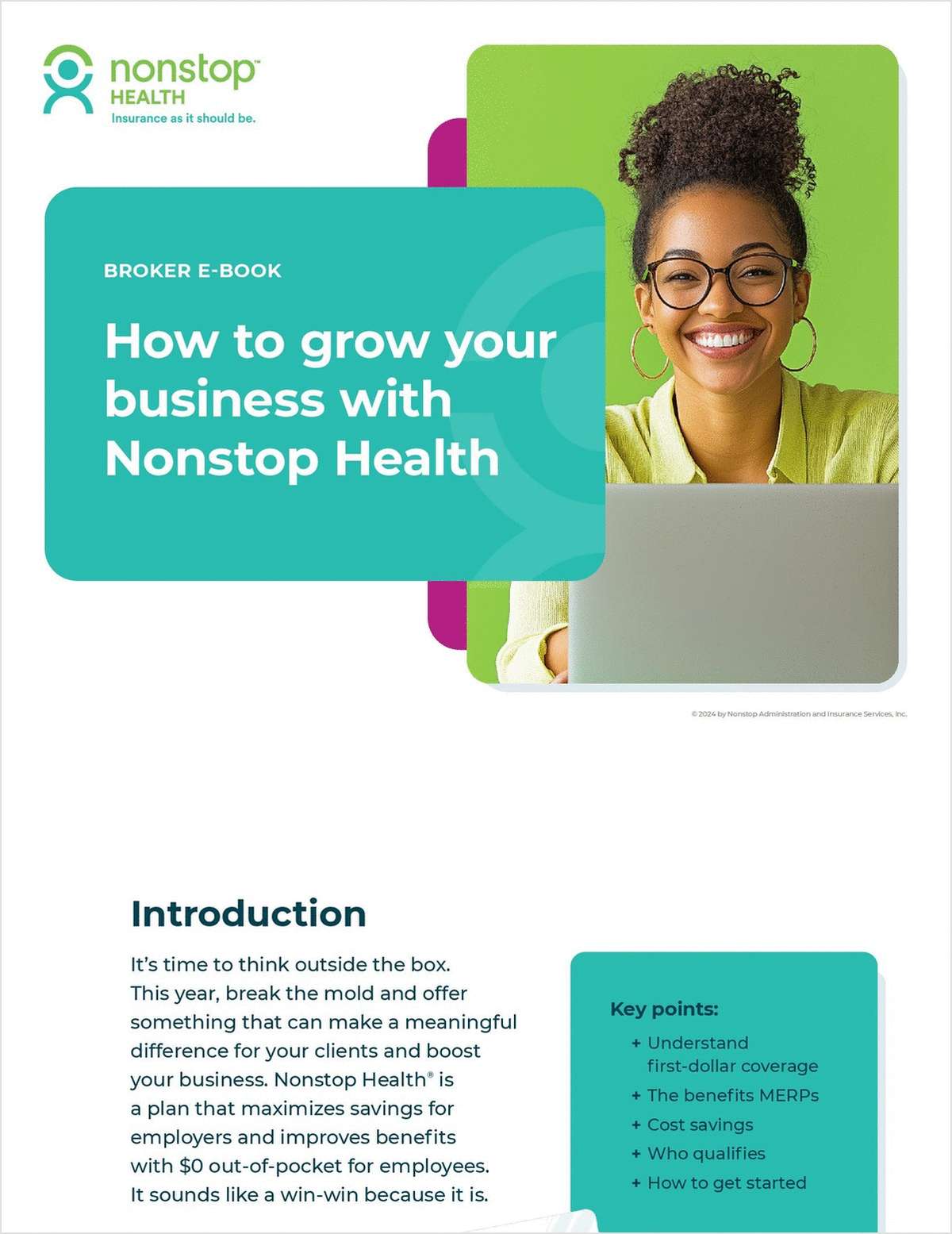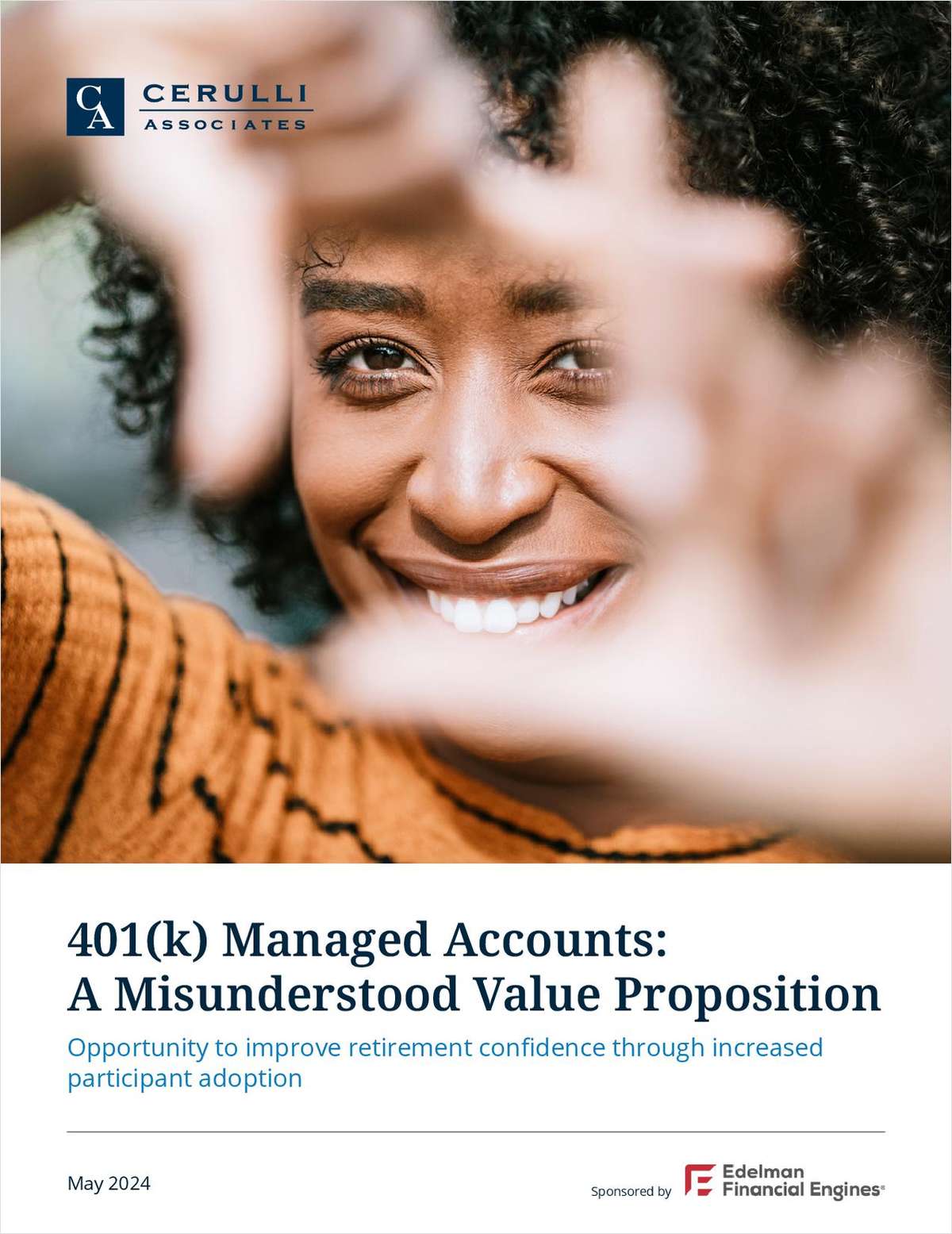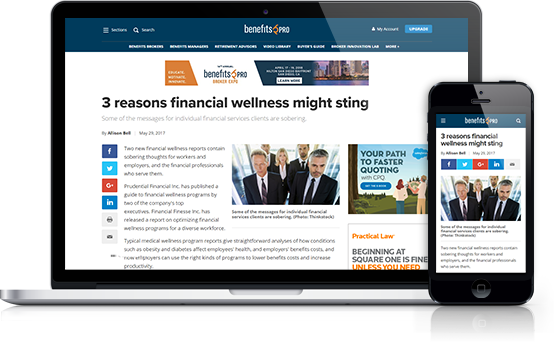As the sands of time slowly dissolve into the bottomless pit of eternity's hourglass, it helps to use important mileposts like the advent of a new year to measure how far we've moved since the last milepost. 2013 was supposed to bring the issue of the fiduciary standard to a head. Instead, delays have moved that into 2014. But 2013 proved that time eventually erodes all myths.
“Morningstar Star Ratings: Do They or Don't They Predict?” (FiduciaryNews.com, Jan. 29, 2013) The idea that mutual fund rating agencies might have lost their magic stems from the trend of moving to single portfolios, which called into question the relevance of those rating agencies. But, upon closer analysis, we began to wonder if the ratings really meant anything in the first place. Early Morningstar studies indicated their ratings weren't meant to be predictive. After conflicting subsequent studies, most seem to agree it's best to use Morningstar for its data aggregation value and not its ratings system.
“Anticipating the Bond Bubble Burst: Protecting Your 401k Plan,” (FiduciaryNews.com, March 19, 2013) This article in itself merely repeated the warnings of the last three years. This time, however, the real danger would show up sooner. When the feds began to hint about quantitative easing, bond funds and certain balanced funds felt the pinch of a sudden rise in interest rates. So, while the equity markets teased all-time highs, bond funds lost money.
Continue Reading for Free
Register and gain access to:
- Breaking benefits news and analysis, on-site and via our newsletters and custom alerts
- Educational webcasts, white papers, and ebooks from industry thought leaders
- Critical converage of the property casualty insurance and financial advisory markets on our other ALM sites, PropertyCasualty360 and ThinkAdvisor
Already have an account? Sign In Now
© 2024 ALM Global, LLC, All Rights Reserved. Request academic re-use from www.copyright.com. All other uses, submit a request to [email protected]. For more information visit Asset & Logo Licensing.








